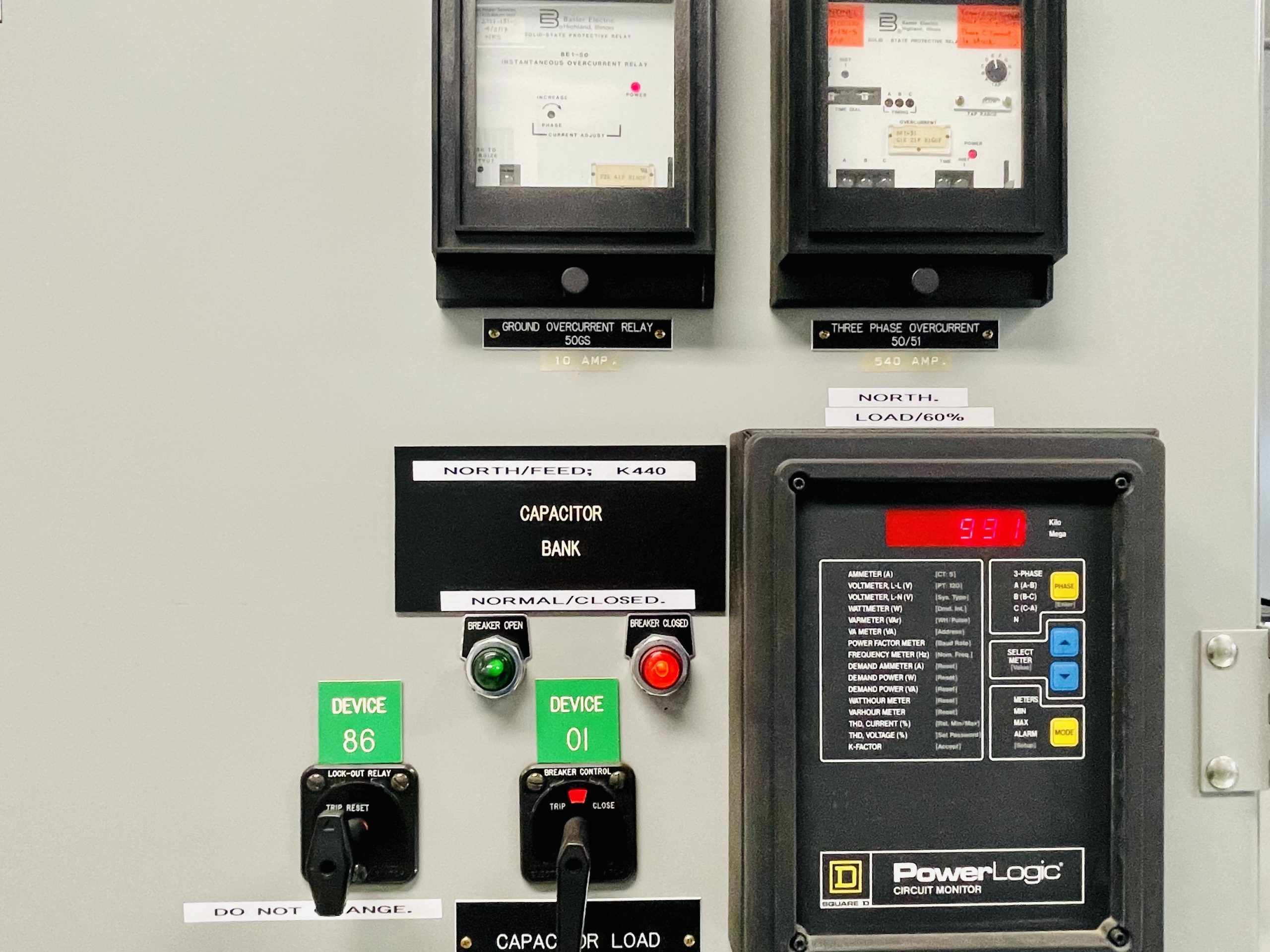Essential Electrical Systems
What you’ll learn:
This course introduces essential electrical systems (EES) in hospital environments, focusing on how they provide reliable backup power during outages to maintain patient safety and operational continuity. Participants will explore how normal, emergency, and standby power systems work together to supply hospitals with uninterrupted electricity.
The course covers the structure and function of emergency power supply systems (EPSS), including classification by type, class, and level. It also explains the importance of EES in supporting critical hospital services like life support, diagnostic equipment, communication systems, and infection control infrastructure.
Participants will learn how essential electrical systems are divided into three branches—life safety, critical, and equipment—and how each branch powers specific types of loads during power loss. The course also addresses key code requirements from NFPA 70, 99, 110, and 111, and highlights compliance expectations for Category 1 spaces and Type 1 systems.
$279.00 / year
$49.00 every 3 months
Learning Objectives:
- 1. Describe how and why essential electrical systems are unique to healthcare facilities
- 2. Recall the three essential electrical system branches and the difference between them, including what is served by each one
- 3. Describe the fundamental code requirements and allowances specific to essential electrical systems (EES) and emergency power supply systems (EPSS)
What you’ll receive:
1 Continuing Education Credits (CECs) equivalent to 0.1 Continuing Education Units (CEUs)
Certificate of completion

